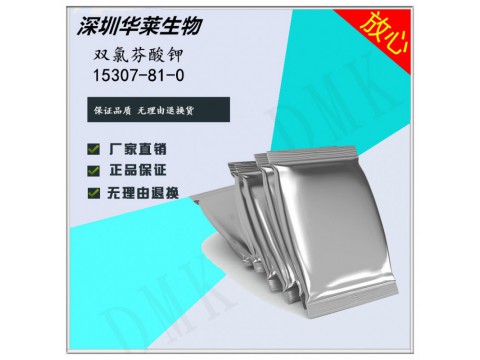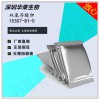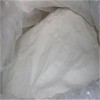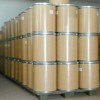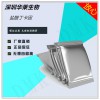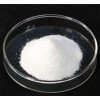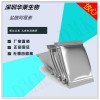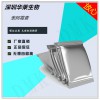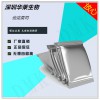Chinese alias: dimethylaminoethanol diphenyl ether hydrochloride; benazepam; diphenhydramine HCL;
English Name: diphenhydramine hydrochloride
English alias: 2 - (Benzhydryloxy) - N, N-dimethylethylamine Hydrochloride; 2-Diphenylmethoxy-N, N-dimethylethylamine Hydrochloride; Diphenhydramine hydrochloride; 2-benzhydryloxy-N, N-dimethylethmine, hydrochloride; Ethanamine, 2-(henylmethoxy) - N, N-dimethylethylamine-, hydrochloride;
2-Diphenylmethoxy-N, N-dimethylet; N-(2-Diphenylmethoxyethyl) -N, N-Dimethylamine Hydrochloride; 2-(Benzhydryloxy) -N, N-dimethylethanamine hydrochloride; DiphenhydraMine Hydrochloride;
CAS No. 147-24-0
Molecular formula: C17H22ClNO
Molecular weight: 291.81600
Accurate mass: 291.13900
PSA: 12.47000
LogP: 4.15620
Physicochemical properties
Appearance and Properties: White Crystalline Powder
Density: 1.024g/cm 3
Melting point: 168-172 degrees C
Boiling point: 343.7 C at 760 mmHg
Flash point: 101.5 C
Water solubility: 1000 g/L
Stability: Stable, but slowly darkens upon exposure to light. Incompatible with strong oxidizing agents.
Storage Conditions: Ventilation, low-temperature drying, separate storage with food raw materials in the warehouse
purpose
Diphenhydramine hydrochloride can eliminate allergic symptoms, of which the central inhibition is significant; it also has sedative, anti-motion and anti-emetic effects, as well as anti-choline effects, which can alleviate bronchial smooth muscle spasm. In addition, local anesthesia can be used to treat pruritus. It can be used for hay fever, urticaria, etc.
Diphenhydramine Hydrochloride Spot Raw powder
Diphenhydramine Hydrochloride Spot Raw powder
Diphenhydramine Hydrochloride Spot Raw powder

